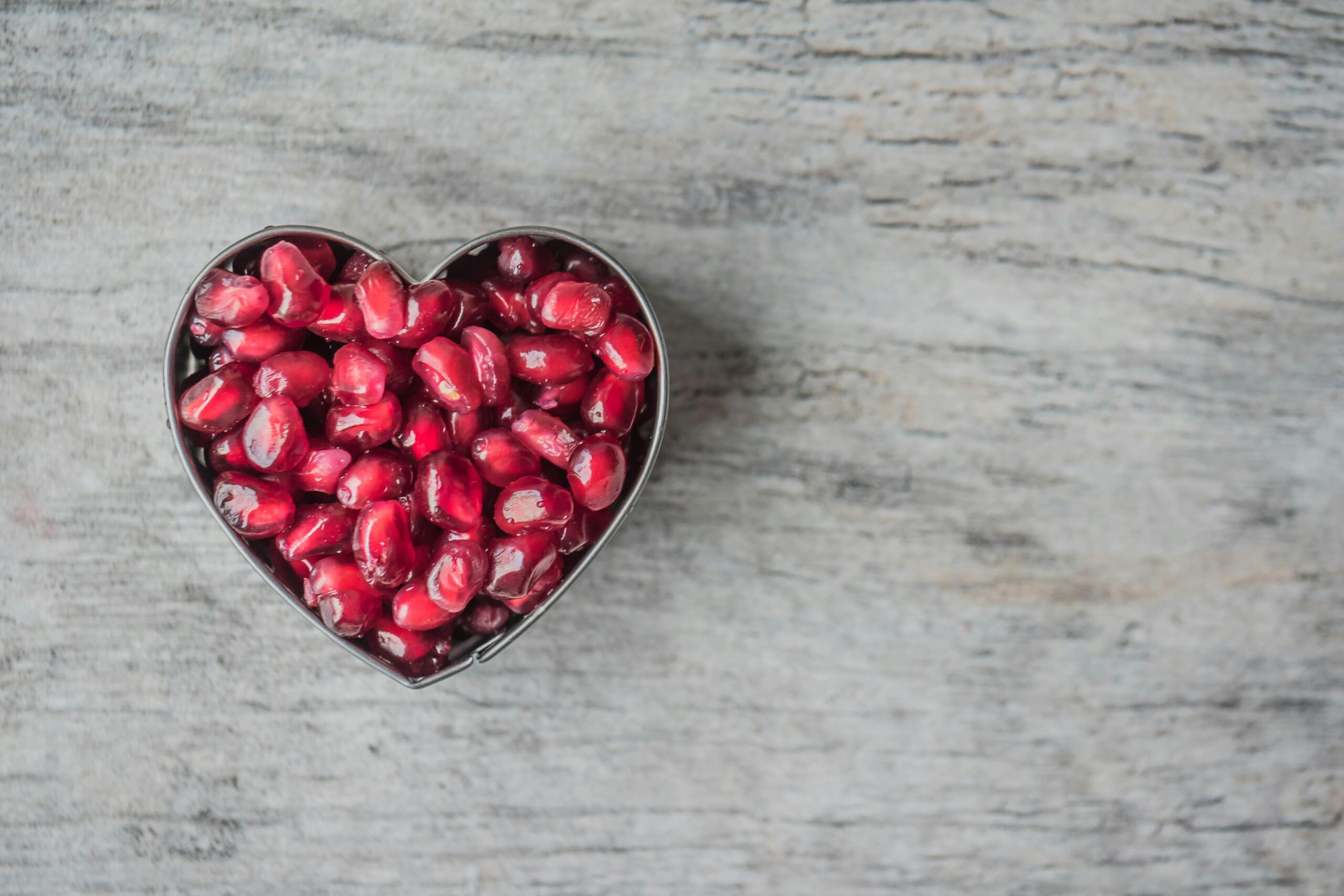Fruit flies are those pesky little bugs that are attracted to overly ripe or fermenting fruits and vegetables. If you’ve got tiny little flies in your kitchen area, it’s likely that they are fruit flies. If you googled “how to get rid of fruit flies”, you’d find all kinds of DIY articles for building traps to attract and kill the flies. But, does that actually get rid of your problem? Temporarily perhaps. But, if you don’t identify and eliminate the source of the flies, then you will find yourself in a continual battle. You can swat, trap and attract the flies all you want, but they will keep flying back and potentially, the problem can get worse.
This oversimplified analogy is much like a typical approach to disease. Swat at the disease symptoms and temporarily eliminate them. The approach functional medicine practitioners are trained to consider is to find the source of the disease, even the underestimated ones. We are trained to look in unlikely places. Like fruit flies are often found in garbage disposals and garbage cans, it’s not always the fruit on your counter causing the infestation. Your heart disease and hypertension might have some overlooked and underestimated factors that have long been contributing to your current symptoms.
How Vascular Endothelium Health is Crucial for Preventing Heart Disease
While it would be ok to address the symptoms, I want to suggest that we need to trace the symptoms back to some sources. I want to uncover 8 of these sneaky factors that are contributing to the dysfunction of the vascular endothelium. This particular dysfunction is often linked as the hallmark of many human diseases including cardiovascular disease, also known as, heart disease.
What is the Vascular Endothelium?
The vascular endothelium is the thin layer of cells lining blood vessels. While it was once thought to be just a protective barrier, research since the 1980s has revealed that these cells play many crucial roles in keeping the body healthy. Endothelial cells control how blood vessels expand or contract, helping maintain healthy blood pressure and flow. They filter fluids, especially in the kidneys, allowing the body to balance water and electrolytes. Endothelial cells produce substances that keep the blood flowing smoothly and prevent harmful clots. If blood vessels are damaged or inflamed, these cells can switch to a clot-promoting state to prevent excessive bleeding. They help direct white blood cells to areas of injury or infection, supporting the immune system’s response. Endothelial cells help move hormones, nutrients, and other important molecules through the bloodstream. They assist in repairing damaged blood vessels and forming new ones when needed. Because of their critical roles, it’s evident why a breakdown of their function would lead to catastrophic results.
When the endothelium is damaged or does not function properly, a condition called vascular endothelial dysfunction occurs, increasing the risk of serious health issues like heart disease, stroke, and diabetes complications.
8 Factors that can Lead to Endothelial Dysfunction
Let’s explore eight key factors that contribute to endothelial dysfunction and how they impact your health.
1. Sedentary Lifestyle
A sedentary lifestyle involves prolonged periods of inactivity, such as sitting for long hours. Physical inactivity reduces blood flow, causing blood vessels to become stiff and less responsive. Exercise stimulates nitric oxide production, a key molecule that helps blood vessels relax and maintain healthy circulation. Being sedentary thus reduces endothelial nitric oxide (eNO), limiting blood vessel flexibility and increases inflammation leading to blood vessel damage. This all lends to a raised risk of high blood pressure, diabetes, and heart disease.
What You Can Do:
- Aim for at least 150 minutes of moderate-intensity exercise weekly.
- Take breaks from sitting by stretching or walking every hour.
2. Oxidative Stress
Oxidative stress occurs when the body produces more harmful free radicals than it can neutralize with antioxidants. These free radicals damage endothelial cells, causing inflammation and reducing endothelial nitric oxide (eNO) production. Damaged cells impair blood flow and promote atherosclerosis (plaque build up). This, in turn, increases the risk of heart disease, stroke, and diabetes.
What You Can Do:
- Eat antioxidant-rich foods like berries, leafy greens, and nuts.
- Limit exposure to toxins like cigarette smoke and pollution.
3. Dysglycemia (Blood Sugar Imbalance)
Dysglycemia refers to unstable blood sugar levels, including conditions like insulin resistance, prediabetes, and diabetes. High blood sugar damages blood vessels by promoting inflammation and oxidative stress. As this increases the risk of diabetes, it also increases complications like heart disease and kidney damage. Dysglycemia also encourages plaque buildup and blood vessel thickening.
What You Can Do:
- Follow a balanced, low-sugar diet with whole foods.
- Manage stress and stay physically active to regulate blood sugar.
4. Hormone Imbalance
Hormones like estrogen, cortisol, and insulin play critical roles in maintaining vascular health. Imbalances can reduce nitric oxide production, cause inflammation, and increase oxidative stress. You’re starting to see how these all play together like puzzle pieces. Estrogen deficiency (common after menopause) raises heart disease risk and high cortisol (from chronic stress) promotes inflammation and high blood pressure.
What You Can Do:
- Manage stress through relaxation techniques like yoga or meditation.
- Seek evaluation for potential hormone imbalances.
5. Microbiome Dysfunction
The gut microbiome, made up of trillions of bacteria, affects overall health, including vascular health. An unhealthy gut can cause systemic inflammation, triggering endothelial dysfunction. A disrupted microbiome also promotes inflammation and oxidative stress which is linked to conditions like atherosclerosis, diabetes, and hypertension.
What You Can Do:
- Eat a fiber-rich diet with probiotics from fermented foods (like yogurt or kimchi).
- Avoid excessive use of antibiotics unless prescribed.
6. Pollution and Chemical Exposure
Exposure to environmental toxins, such as air pollution, pesticides, and heavy metals, causes chronic inflammation and oxidative stress. These toxins can damage the endothelium, weakening blood vessel walls. Long-term exposure increases the risk of heart disease, stroke, and cancer. Pollutants disrupt normal blood vessel function and raise blood pressure.
What You Can Do:
- Limit exposure to pollutants by using air purifiers and consuming organic produce when possible.
- Stay hydrated to help the body eliminate toxins.
7. Micronutrient Deficiency
Essential vitamins and minerals like magnesium, potassium, and vitamins C and E are crucial for endothelial health. Deficiencies can impair nitric oxide production, increase inflammation, and promote oxidative stress. This increases risk of heart disease, high blood pressure, and diabetes. This also worsens inflammation and weakens immune function.
What You Can Do:
- Eat a nutrient-dense diet with a variety of fruits, vegetables, lean proteins, and whole grains.
- Consider supplements under the guidance of a healthcare provider.
8. Caloric Excess
Consuming too many calories, especially from unhealthy foods like processed snacks and sugary drinks, leads to weight gain and fat accumulation. This increases inflammation, oxidative stress, and insulin resistance, all of which damage the endothelium. Regular, caloric excess raises the risk of obesity, type 2 diabetes, and cardiovascular disease. These things then promote plaque buildup in arteries which is the narrowing of blood vessels.
What You Can Do:
- Focus on portion control and mindful eating.
- Limit processed foods and sugary drinks while prioritizing whole, nutrient-dense meals.
Endothelial dysfunction is a critical factor in many serious health conditions like cardiovascular disease, but it’s not inevitable. By making lifestyle changes like staying active, eating a balanced diet, managing stress, and avoiding toxins, you can support your vascular health and reduce your risk of chronic diseases. Prioritize these strategies today to maintain healthier blood vessels and improve overall well-being.
Resources:
Peramaiyan Rajendran, Thamaraiselvan Rengarajan, Jayakumar Thangavel, Yutaka Nishigaki, Dhana-
pal Sakthisekaran, Gautam Sethi, and Ikuo Nishigaki. “The Vascular Endothelium and Human Diseases.” International Journal of Biological Sciences. Int. J. Biol. Sci. 2013.11.09, Vol. 9. http://www.ijbs.com
John R. Petrie, MD, PhD, Tomasz J. Guzik, MD, PhD, and Rhian M. Touyz, MD, PhD. “Diabetes, Hypertension, and Cardiovascular Disease: Clinical Insights and Vascular Mechanisms.” Canadian Journal of Cardiology. 34 (2018) 575e584. https://onlinecjc.ca/article/S0828-282X(17)31214-X/fulltext






